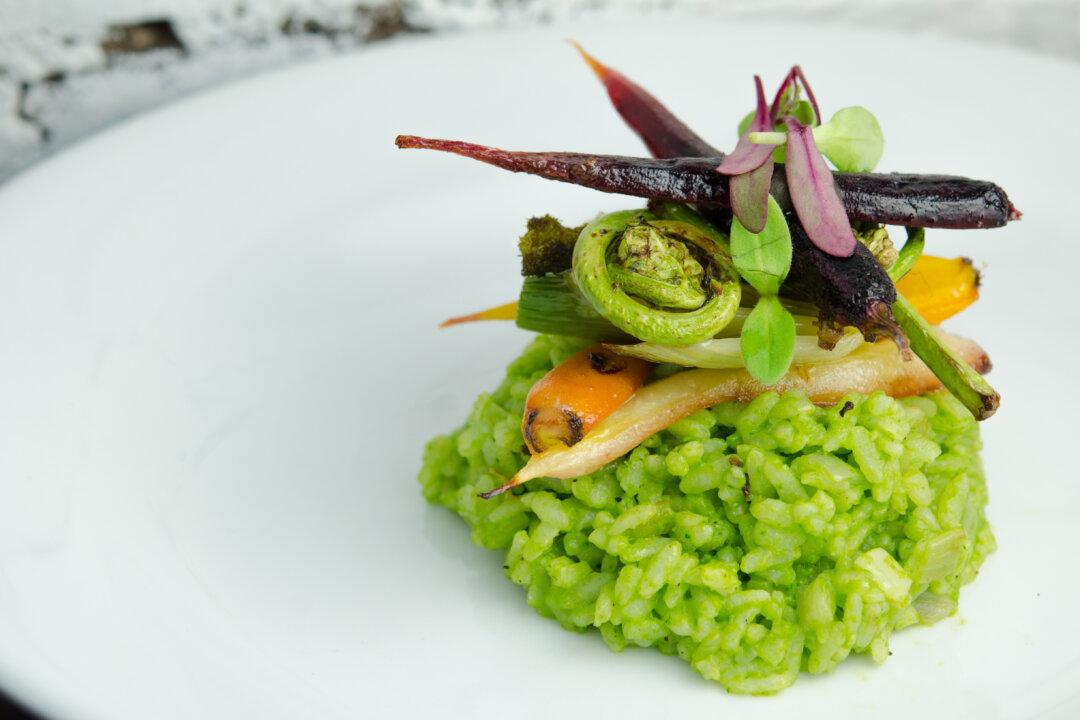If you haven’t already hopped onto the matcha train, you should consider getting onboard. Matcha is high in antioxidants, boosts memory and concentration, increases energy levels, enhances calm, and helps detox the body. Not convinced yet? It has a pretty amazing full-bodied, vegetal, umami taste followed by lingering sweetness.
Origins
In Japanese, “ma” means powder and “cha” means tea.
As closely linked as matcha is with Japan, the vibrant green powder actually dates back to the Song Dynasty in China. According to ZenMatchaTea.net, Eisai, a Zen monk, traveled to Japan in 1191, and planted green tea seeds in a Kyoto temple. He was the first to grind and consume tea in powder form. As matcha and Zen became intertwined, the era of exquisite tea ceremonies began.
The tea ceremonies are intended to celebrate the profound beauty in simple, and oftentimes seemingly mundane things, to awaken participants to the here and the now, and to find extraordinary in the ordinary.
Less about the act of simply drinking tea, and more about a holistic spiritual experience, the Japanese tea ceremony is taken with extreme seriousness. With strict ceremonial procedures and elaborate hand movements, it is common for hosts to prepare and practice extensively for the event.
The Japanese tea ceremony starts with the host gracefully cleaning the tea bowl, the tea scoop, and the tea whisk. The bowl is usually ceramic, and the tea scoop and whisk made of bamboo. Matcha powder is scooped into the tea bowl, hot water is ladled, and the mixture is whisked into a thin paste. If needed, more water is added for a less concentrated tea.
Making Matcha
Matcha is made from green tea leaves that are shade grown for about three weeks prior to the spring harvest. According to Ippodo Tea Company’s website, the purpose of this ancient technique is to slow the rate of photosynthesis, which increases the level of amino acids responsible for the rich flavor of matcha. As the leaves are shaded, the leaves grow darker and develop into Gyokuro leaves. As with all leafy greens, the darker the leaves, the higher the chlorophyll content, and the greater the health benefits. The leaves are dried and grounded into fine powder.
Although traditional matcha is only served with hot water, the green powder has been introduced to many modern recipes for its unique flavor and boasts of health benefits. Add hot water and warm coconut milk with matcha for a latte. Blend matcha with frozen bananas, vanilla beans, and almond milk for a smoothie. Scoop a spoonful of matcha into your pancake, cookie, or cake mix. The possibilities are endless.
For a healthier take on notorious desserts, try this vegan, dairy-free, and gluten free green tea ice cream recipe.






